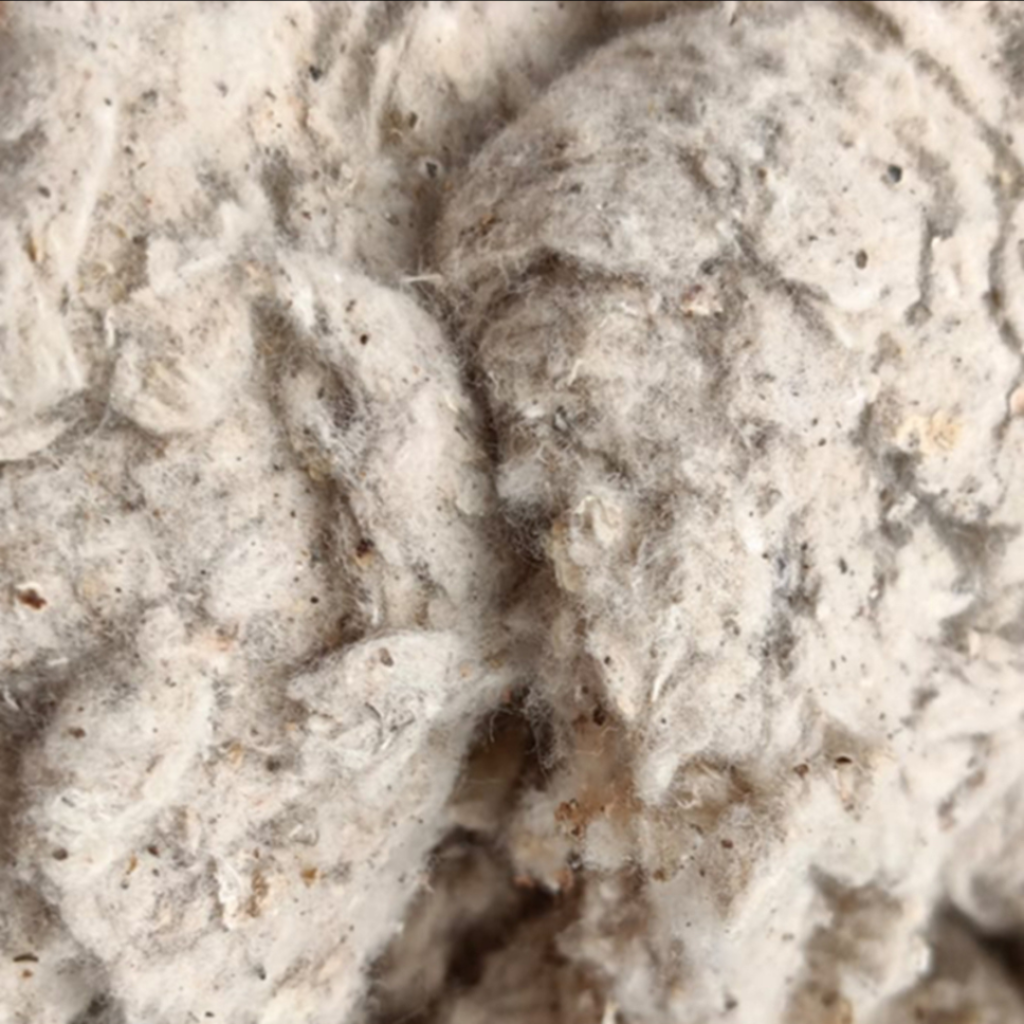
• Cotton linters pulp dilution and fibres shortening making use of refiners for additional cotton pulp pumping utilizing conventional centrifugal pumps.
Although cotton fibers happen In a natural way in hues of white, brown, pink and environmentally friendly, fears of contaminating the genetics of white cotton have led a lot of cotton-rising places to ban the developing of colored cotton varieties.
Complex details with regards to cotton linters paper approach: A number of paper grades features cotton linters fibers. The level of bleached cotton linters pulp used in the long run paper is according to paper properties expected. Special quality papers and superior quality creating and printing papers are manufactured working with one hundred% bleached cotton linters pulp.
Morphology with the fibers, distinct as opposed to one among cotton linters, will allow having higher mechanical and Bodily Qualities expected with the stop utilization of paper for some Unique Homes which include double fold, toughness, opacity and printing Qualities.
Other than Conference the increased cotton use from the domestic textile market, India could have enough surplus cotton to satisfy the cotton demands of importing international locations.
It can be done to compost lint retrieved with the lint screen with a dryer by including it to other resources remaining composted.
Cotton plants make fibers outside of thin air! Almost all of a cotton fiber's mass originates as carbon dioxide.
Cotton lint, or cotton linters,[4] can be a byproduct of the whole process of ginning cotton, consisting in the silky fibers that continue to be connected to your seeds with the cotton plant, along with other far more coarse fibers. This material may very well be purified and employed for these functions since the manufacture of paper.[5]
The journey of cotton linters starts within the cotton fields. Just after harvesting, raw cotton undergoes ginning, a approach that separates the fibers from your seeds.
Noting its similarities to wool, men and women in the location could only picture that cotton need to be made by plant-borne sheep. John Mandeville, composing in 1350, said as undeniable fact that "There grew there [India] a fantastic tree which bore very small lambs on the endes of its branches. These branches were so pliable they bent right down to enable the lambs to feed when they are hungry." (See Vegetable Lamb of Tartary.)
Glucose travels to maturing cotton fiber cells, where enzymes website link several glucose molecules alongside one another to create cellulose. Cellulose is a major part of the mobile walls that surround all plant cells. Cotton fibers are more info roughly the dried-out remains of terribly extensive and thick mobile partitions.
The different sorts of cotton fabric cater to different requires, no matter whether it's the sustainability element of natural cotton, the versatility of cotton yarn, the durability of textile fibers, or the consolation provided by hugely breathable and absorbent cotton fabrics.
Chloroplasts execute the entire process of photosynthesis: they harness Strength from sunlight to show carbon dioxide (from the air) and drinking water into glucose.
As one of the most greatly made use of purely natural fibers in material and textile generation, cotton stands out for its absorbent character, effective at holding h2o 24-27 times its pounds.